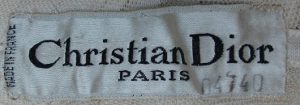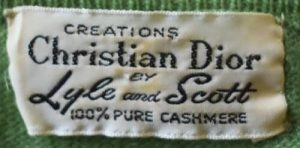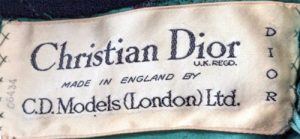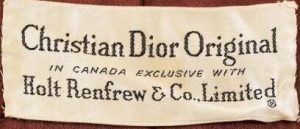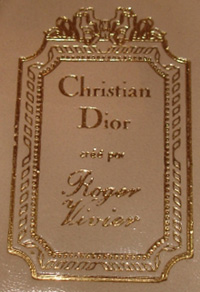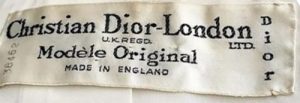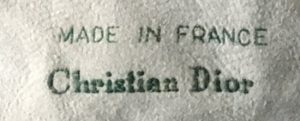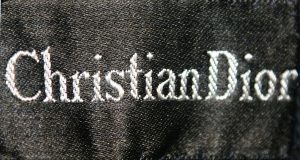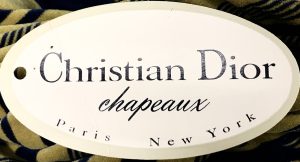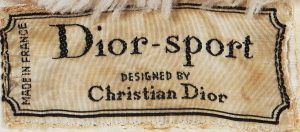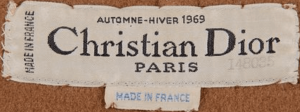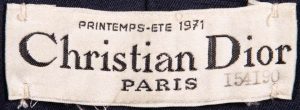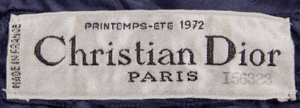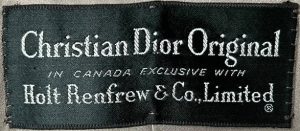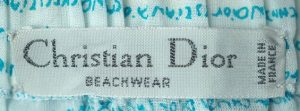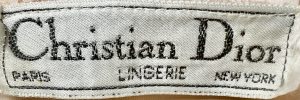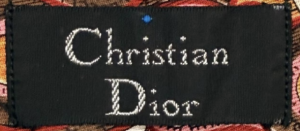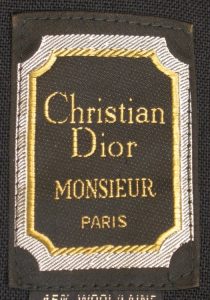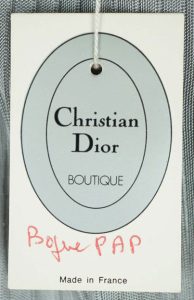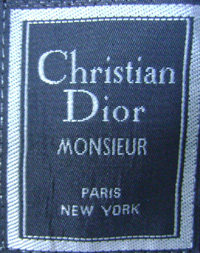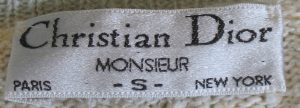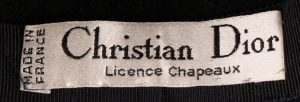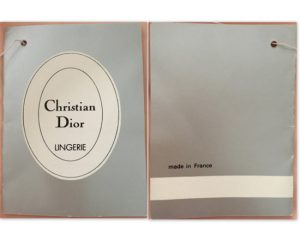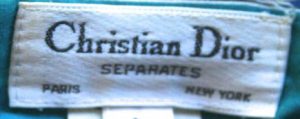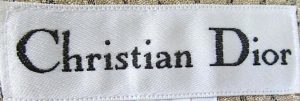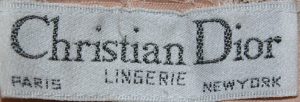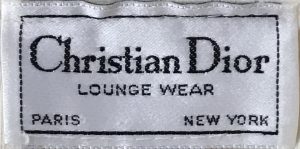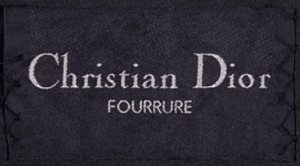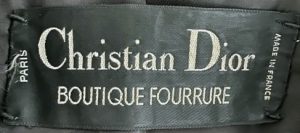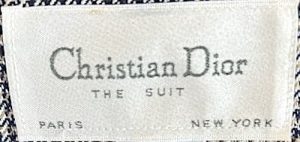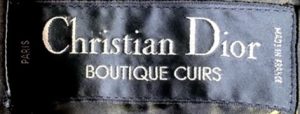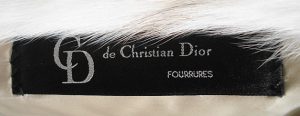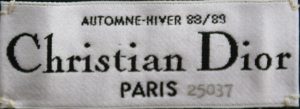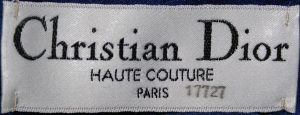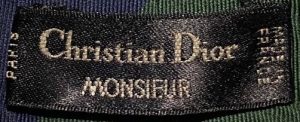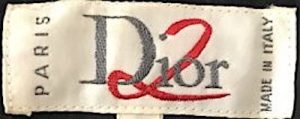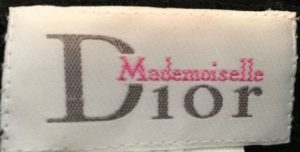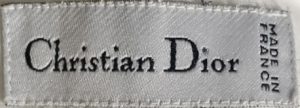Christian Dior (1905 – 1958) was one of the most influential designers of the 20th century. He was artistic and took to fashion sketching at a young age but it wasn’t until 1946 that he achieved his renown.
In the 1930s, with the Great Depression and family deaths, Dior’s path veered, but from 1937 he designed alongside Pierre Balmain at Robert Piguet. After WWII service in the French army, Dior worked again with Balmain, this time for the house of Lucien Lelong. While there he attracted the attention of textile maker Marcel Boussac, who became Dior’s financial backer.
In 1946, Dior founded his own fashion house. His 1947 Corolle collection, dubbed the “New Look” by Carmel Snow, revolutionized fashion. The voluptuous, voluminous silhouettes—fitted, padded, corseted, and lofty forms accentuating the female figure—stood in stark contrast to the wartime restrictions and had a profound and lasting impact. His pioneering licensing of furs, perfumes, and stockings in 1948 further solidified his brand recognition.
Dior continued to be a major force in the fashion world in the 1950s, with a new silhouette each season, including the Princess line of 1951, the “H” line of 1954, and the “A” and “Y” lines of 1955. The extensive Dior exhibition at Paris’ Musée des Arts Décoratifs from 2017 to 2018, and the following year at the V&A in London, gave a new generation a first hand look at the virtuosity of Dior.
Dior’s international expansion was significant. Christian Dior New York, opened in October 1948, proved exceptionally successful. Initially, Dior himself travelled to New York with his collections, but by 1951, the operation had expanded significantly, necessitating on-site manufacturing in New York. While designs originated in Paris until 1961, a French design team led by Guy Douvier then relocated to New York to better understand and reflect American fashion trends within the Christian Dior New York label. In late 1951, a deal with Holt Renfrew granted exclusive Canadian representation, with Mme Ginette Steinman overseeing Montreal workrooms that reproduced Dior designs. Christian Dior Models Limited (London), established in 1952, and other lines, offered demi-couture—high-end ready-to-wear catering to women seeking designer clothing beyond their couture budget.
Yves Saint Laurent became Dior’s assistant in 1955, and succeeded him at his death in 1957. The head designers at Dior have been:
1947 -1958 – Christian Dior
1958 -1960 – Yves Saint Laurent
1960 -1989 – Marc Bohan
1989 -1996 – Gianfranco Ferré
1996 -2011 – John Galliano
2011 -2012 – Bill Gaytten
2012 -2016 – Raf Simons
2016 – Maria Grazia Chiuri
The New York, London, and Boutique labels represent ready-to-wear lines. Initially designed in Paris, these lines shifted to New York and London design teams after 1961. Dior couture labels are often dated by season and year and stamped with an identification number; however, some boutique labels also have numbers, so this alone doesn’t identify a garment as couture.
“I created flower women with gentle shoulders and generous bosoms, with tiny waists like stems and skirts belling out like petals.” Christian Dior
Written by fuzzylizzie with updates by denisebrain
See also: Miss Dior
See vintage Dior from VFG members on Etsy (paid link)
